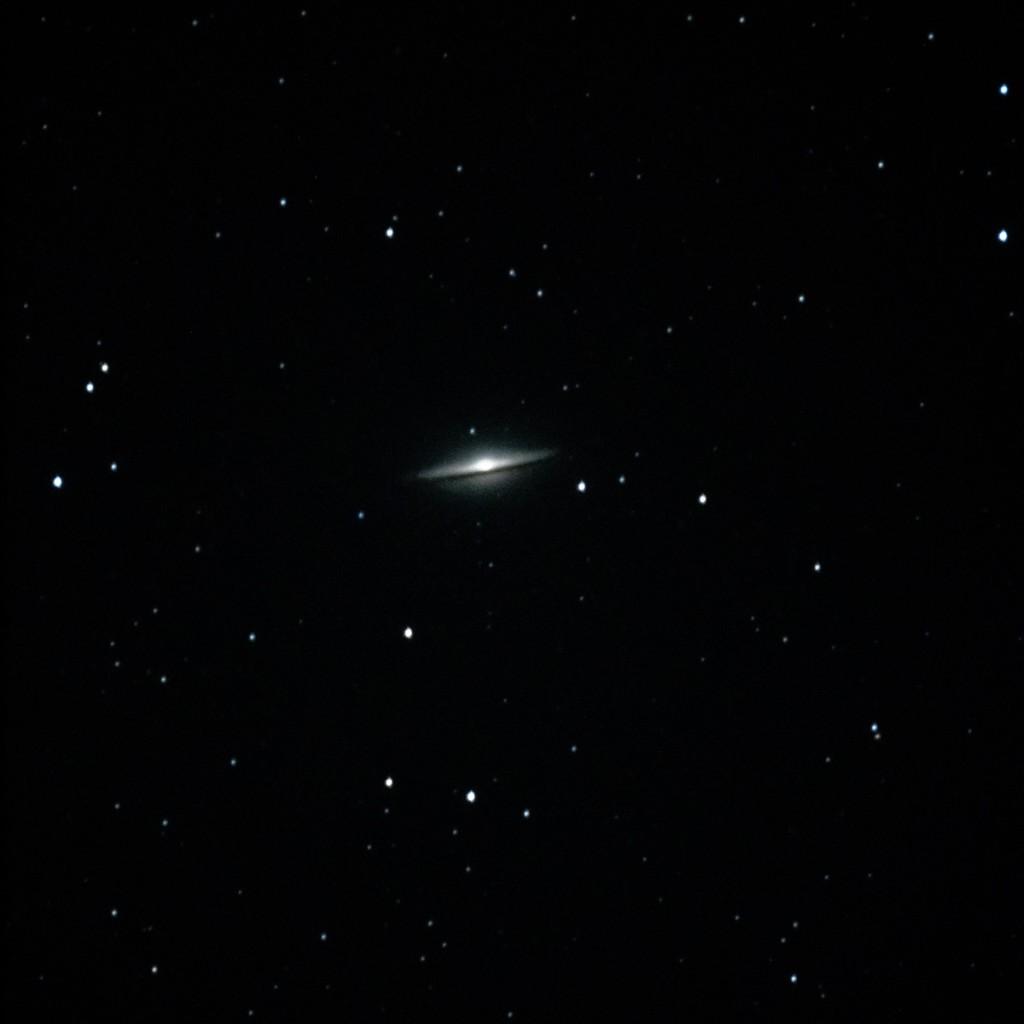For thousands of years, humans have looked skyward in search of civilizations that could occupy planets within the vast emptiness of space. Yet, through all of our attempts to communicate with these intelligent beings, our radio telescopes have received nothing but static. While we do occasionally pick up signals of interest (at the time of this writing (December 2020) there is a potential alien signal being reviewed), they always turn out to be emissions from interstellar oddities like pulsars (stars that pulsate). However, using the collective brainpower of biologists, astronomers, and mathematicians, we might be able to estimate the number of planetary civilizations in the cosmos that are similar to us. In this month’s The Cosmic Mariner, we’re taking a deep dive into the possibility that baseball playing, croc wearing, tornado chasing, surfer duding (is that a word?) aliens exist on planets outside of our solar system.
In essence, Arthur C. Clarke, author of 2001: A Space Odyssey, said it best; “Two possibilities exist: either we are alone in the universe or we are not. Both are equally terrifying.” The first possibility is relatively easy to understand and relate to as we have yet to uncover any evidence that proves the contrary. As of now, we are alone in the universe. Nevertheless, we know very little about the cosmos surrounding us, therefore, we must push our scientific understanding forward. In 1961, Dr. Frank Drake proposed a seemingly radical equation at a Search for Extraterrestrial Intelligence (SETI) meeting in West Virginia that allowed astronomers to calculate the estimated number of intelligent civilizations in the cosmos with radio-communication capabilities. Now, knowing that astronomy often relies on physics, calculus, and trigonometry, one might think this equation is difficult to understand. But, surprisingly, the equation is relatively simple. Here is the entire equation:
N = R * fp * ne * fl * fi * fc * L
In the equation, N equals the number of civilizations that can broadcast, R equals the average formation rate of habitable star systems/year, Fp equals the number of stars with planets, Ne equals habitable planets per star, Fl equals habitable planets where life forms, Fi equals fraction with intelligence, Fc equals the fraction of intelligence with broadcasting capabilities, and L equals the number of years they remain detectable (i.e. hopefully they didn’t blow themselves up). While some of this equation is based on physical data that changes, a lot of the equation is based on conjecture and, even though most people are not astronomers, one can easily input their own estimates to conclude the possible number of civilizations in the cosmos.

So, now that we know the equation, let’s do a relatively pessimistic test of the equation to see how many possible communicative civilizations exist within the Milky Way Galaxy. Astronomers estimate that there is approximately one star similar to the sun that forms in the Milky Way per year. So R=1. Astronomers also believe that more than half of all sunlike stars have planets, but to be conservative, let’s say that only half of all stars similar to the sun have planetary systems like us. So Fp=0.5. Now we begin to enter the guessing game. While we know some exoplanets contain water, the fraction of planets within solar systems with sun-like stars that contain water is unknown. However, judging by our solar system, we can estimate there will be at least one or two. So Ne=2. For the rest of the answers, we’ll stick with 0.5 for pessimistic purposes. So Fl, Fi, and Fc equal 0.5. Finally, we have to guess the number of years a species has been communicative. For humans, we’ve only been broadcasting since the time of Hitler’s reign in Germany (not the best ambassador to space). But, it’s safe to assume that we could be communicative for another 10,000 years should we stay on track and not nuke each other out of existence. When this all comes together it will look something like this:
1 * 0.5 * 2 * 0.5 * 0.5 * 0.5 * 10,000 = 1250 Communicative Civilizations.
So, there you have it. With a pessimistic viewpoint, there could be 1,250 actively broadcasting civilizations just within the Milky Way Galaxy. That means we would be part of but a small fraction of the species within our galaxy that are looking for others to connect within the cosmos. Let’s not just stop there. There are an estimated 2,000,000,000 galaxies within the observable universe. That means there could be approximately 2,500,000,000,000 civilizations similar to us in the universe. That’s a lot of aliens. So, now that you know the equation, see what you can calculate based on your estimates for these variables. And, after doing so, does it change your view of the world around us? If so, welcome to astronomy; perhaps the most humbling science we know.






